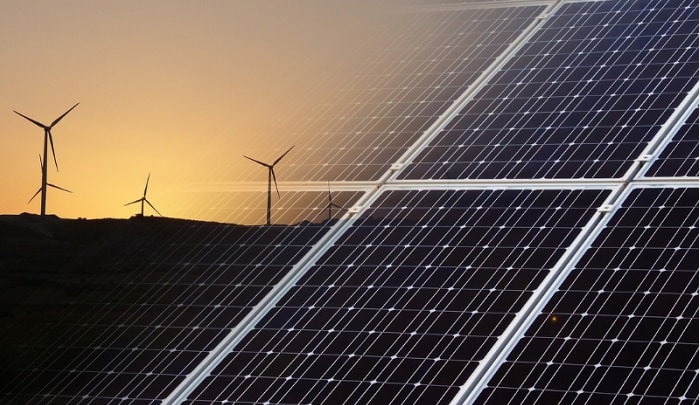Asia Pacific (APAC) region can expect to see a cheaper levelised cost of electricity (LCOE) for renewables compared to coal by 2030. With India and Australia expected to lead the charge.
The latest report by Wood Mackenzie tails that across the region, new investments in renewables power are expected to be 23 percent lower cost than coal power on average by the end of the decade. Currently, renewables power costs about 16 percent more on average compared to coal power but has been at a discount to gas-fired power since 2019.
Wood Mackenzie senior analyst Rishab Shreshta said “today, India and Australia are the only markets in the Asia Pacific with LCOE for renewables cheaper than new-build coal. However, by the end of the decade, we can expect almost all markets in the region to have renewable power at a discount compared to the lowest-cost fossil fuel. The stage is set for the rapid growth of subsidy-free renewables in the Asia Pacific.”
By 2030, renewables power in India and Australia are expected to be 56 percent and 47 percent cheaper than new-build coal, respectively.
India is a cost leader for renewables due to low construction and labour costs and good renewable resources. The massive renewables market potential has attracted many investors, leading to intense competition and cost declines.
While Australia and China have similar solar costs, the former market has better solar insolation whereas CAPEX is cheaper in the latter market. However, due to lower coal LCOE in China, the renewables premium remains relatively high.
Shrestha added “the winds will change in China as we expect renewables’ LCOE to be cheaper than coal next year. Over this decade, the renewables discount over fossil fuels will grow to 40 percent on average across China, as the LCOE of new wind and solar plants fall below those of fossil fuels, and also taking into consideration a carbon price.”
Three other markets – South Korea, Thailand and Vietnam – will join China with lower renewables power cost compared to coal in 2021. Northeast Asia’s renewables premium averages at around 25 percent currently. Japan, the most expensive renewables cost the country in 2020, can also expect a 1 percent renewables discount against fossil fuels by 2030. The market’s high premium is largely due to higher labour costs, environmental permit costs, land constraints and lower availability of renewable resources. South Korea and Taiwan will see cost of renewables power to be around 30 percent cheaper than fossil fuel power costs by the end of the decade.
Southeast Asia has a high renewables LCOE premium of 30 percent due to its lower coal LCOE in 2020. Vietnam is expected to lead the region as utility PV power becomes cheaper than coal power as early as next year.
Shrestha added “despite low renewables costs, government policy is still critical in the future to attract investors, manage grid reliability and transmission upgrades, and encourage battery storage to manage intermittency of renewables. Our LCOE estimates for solar plus storage and wind plus storage projects show that they can start to compete with gas in 2026 and 2032, respectively. However, it will take much longer for these technologies to compete with coal.”





































